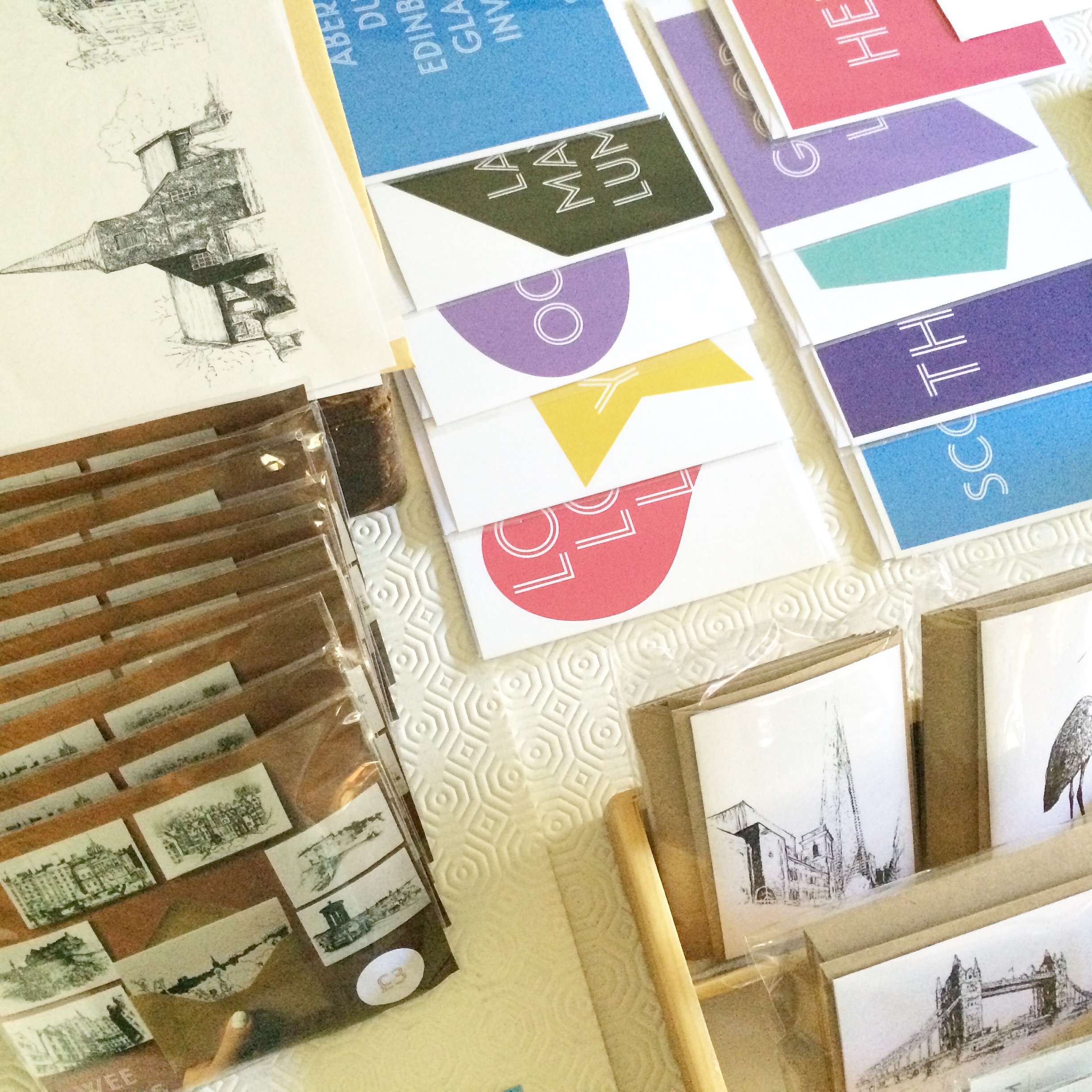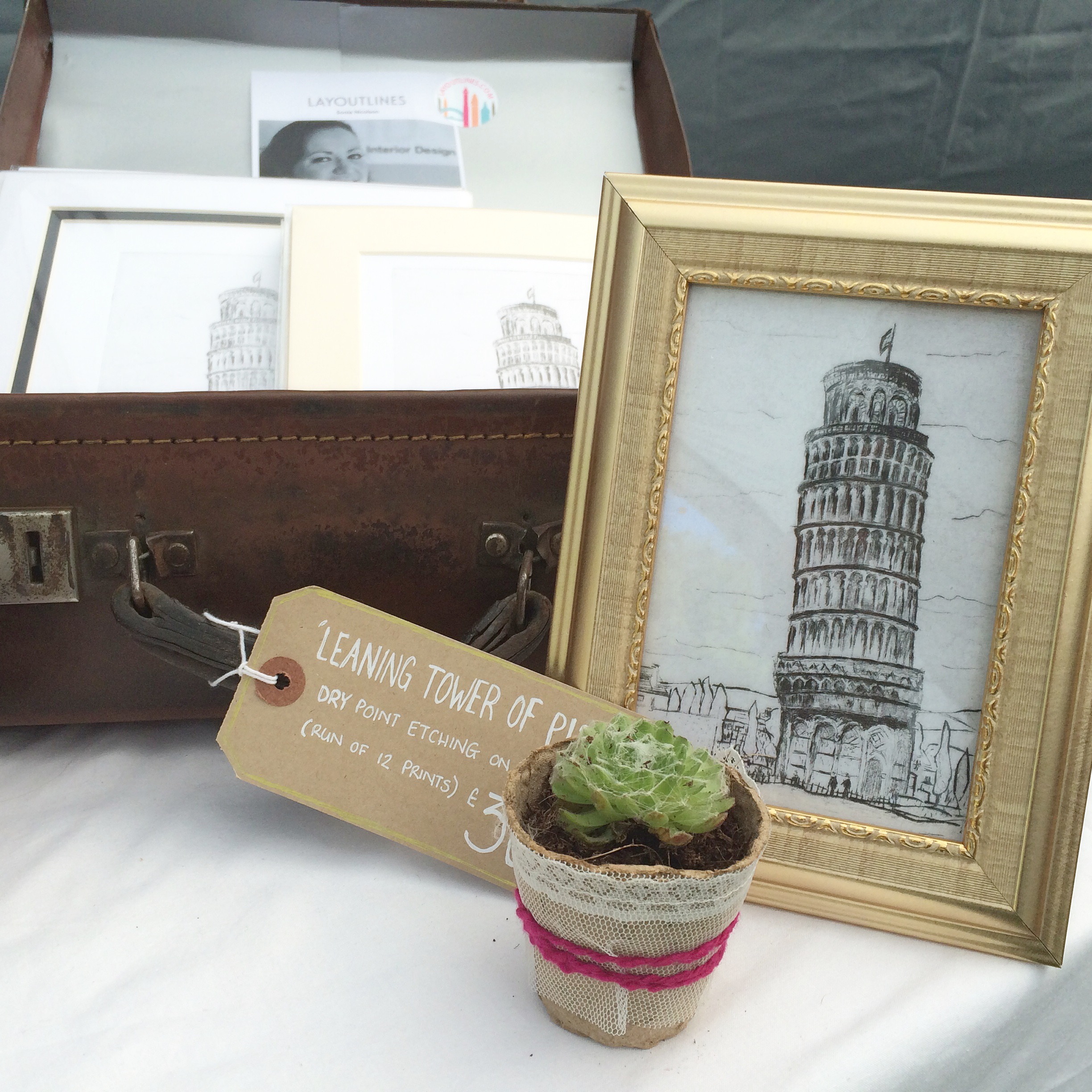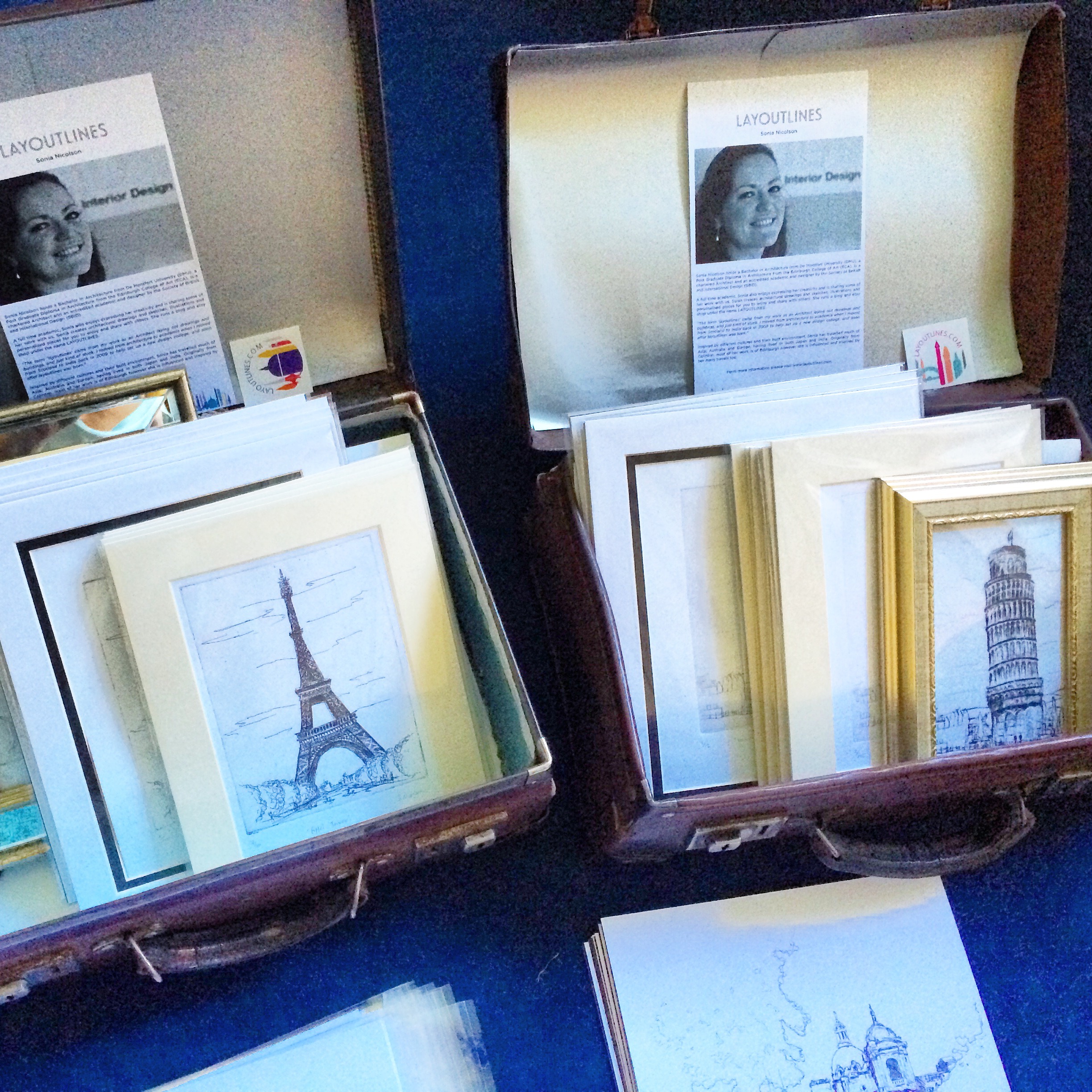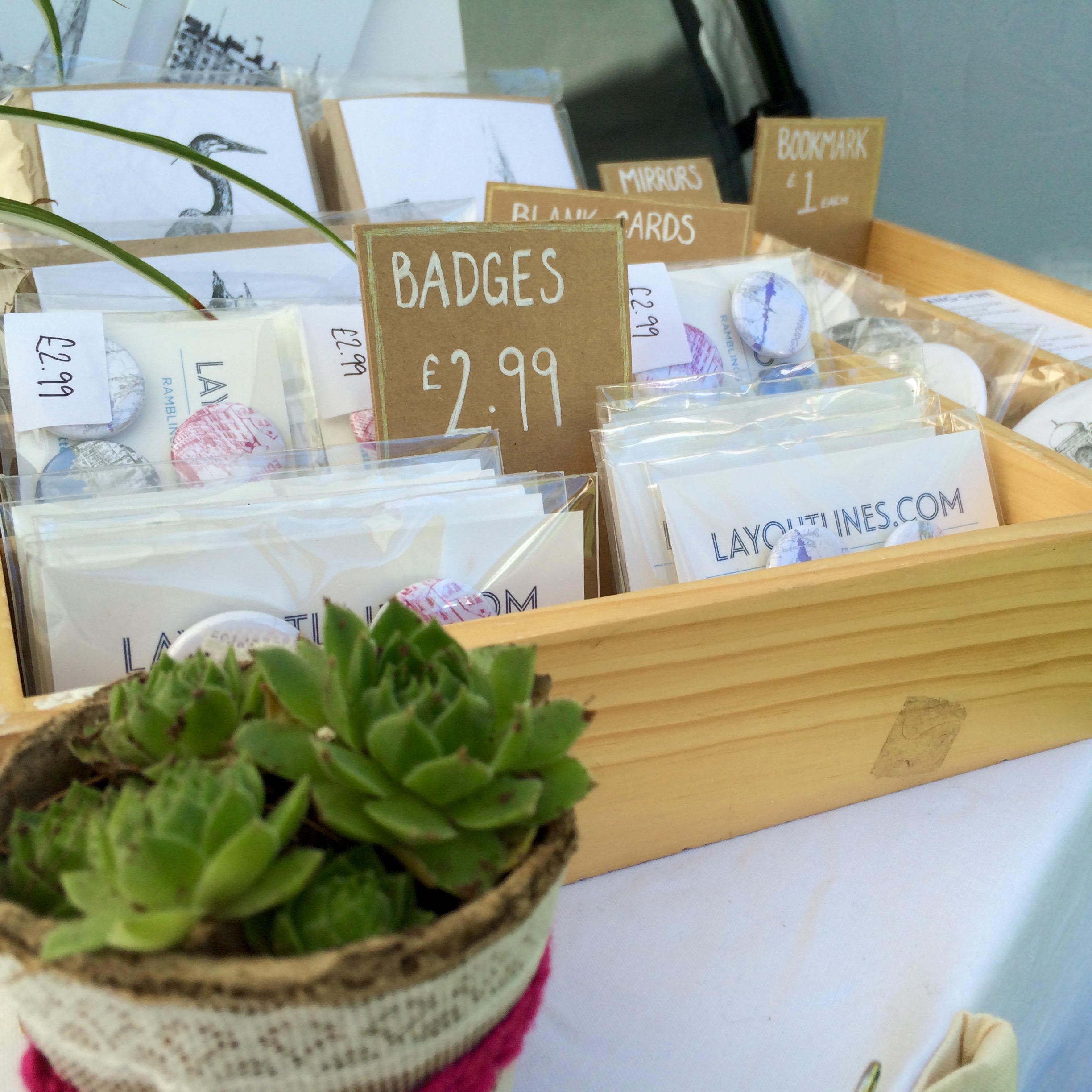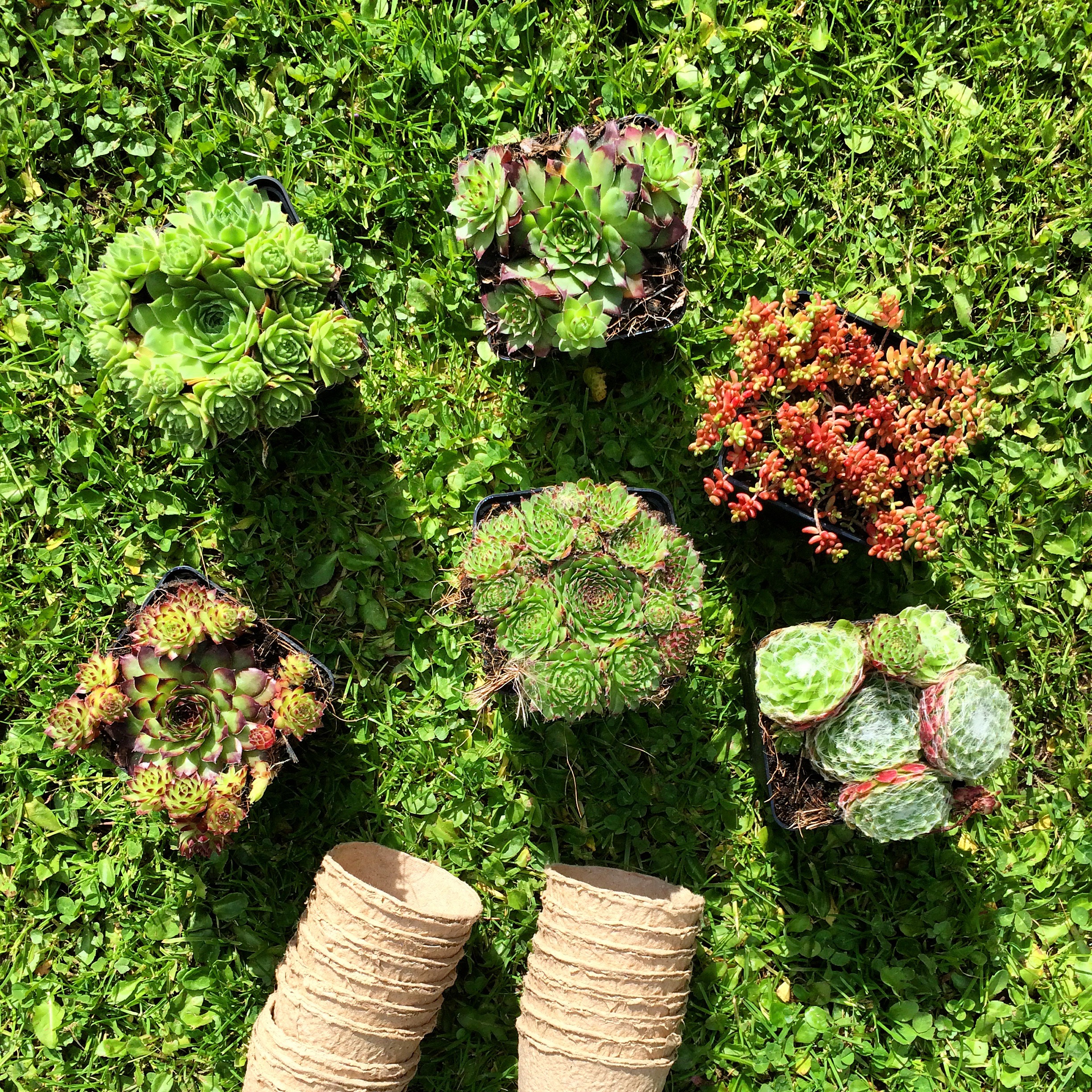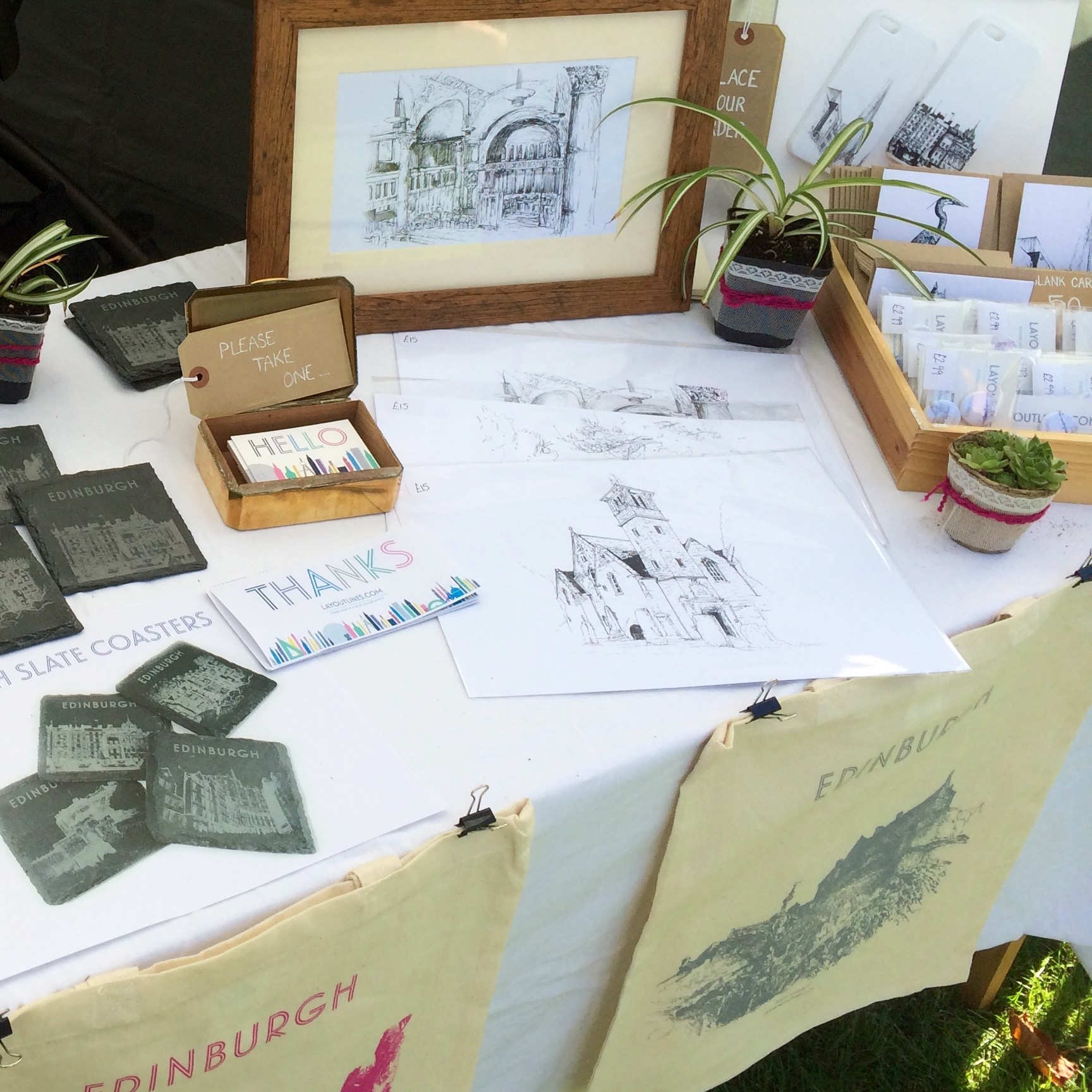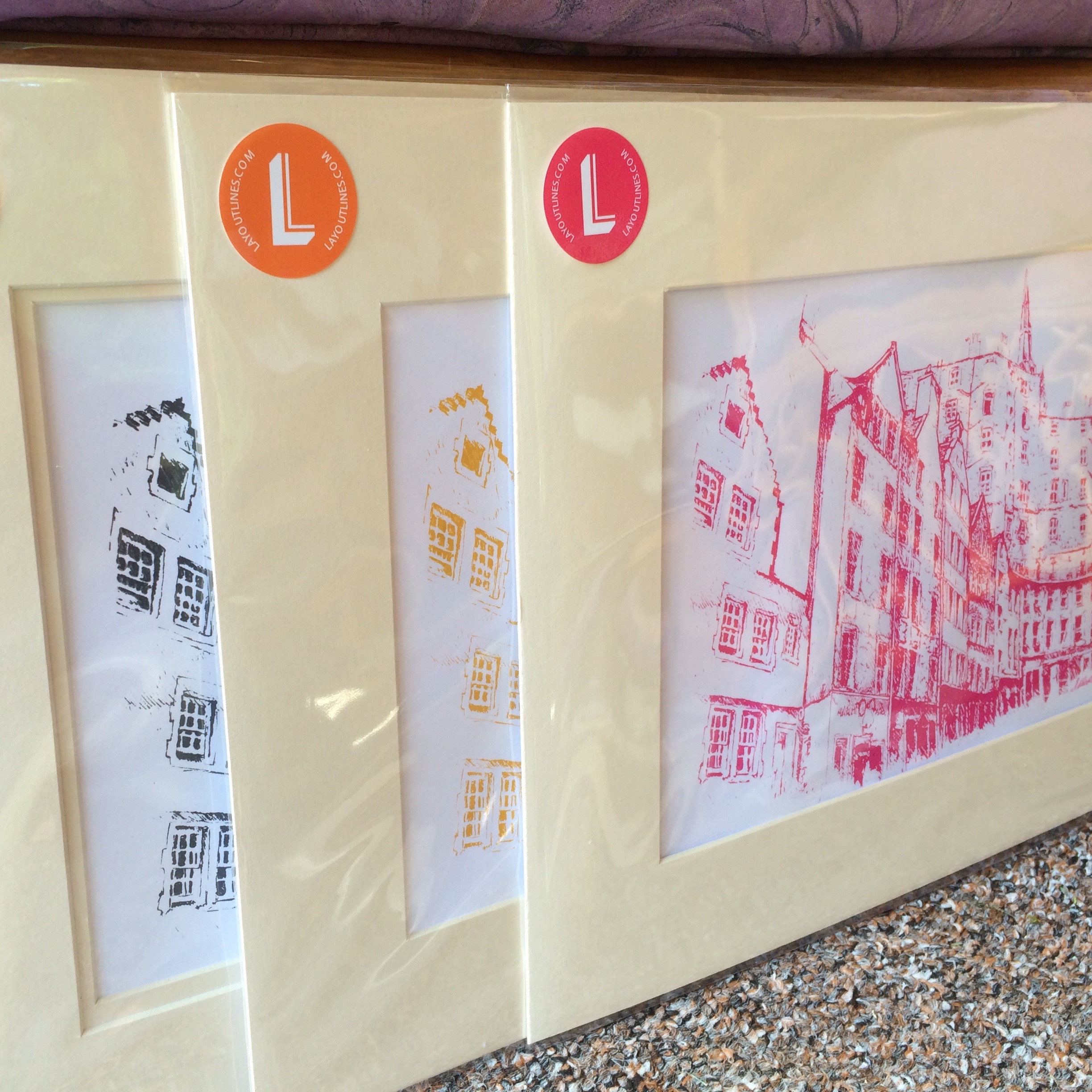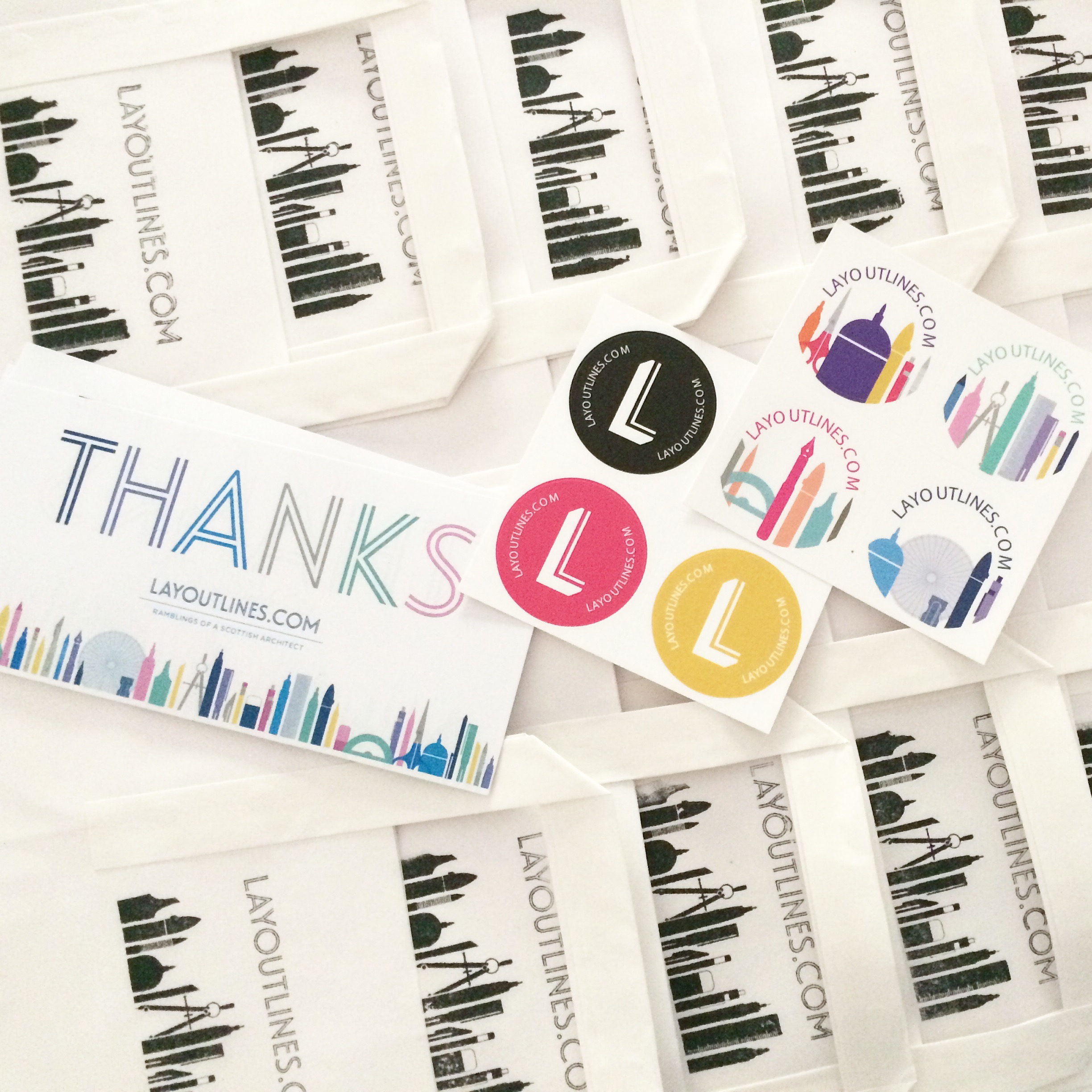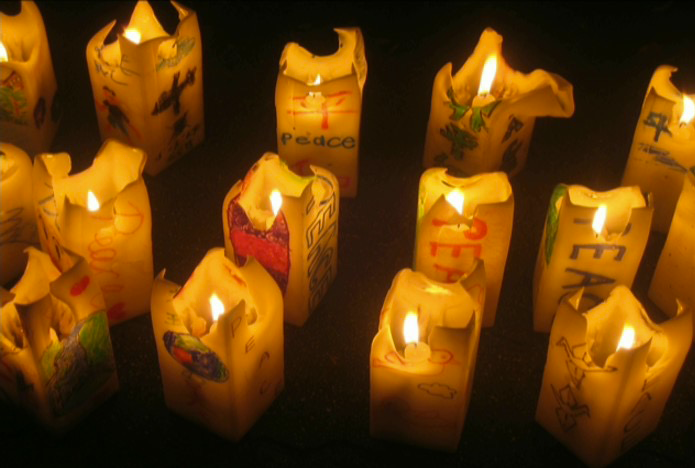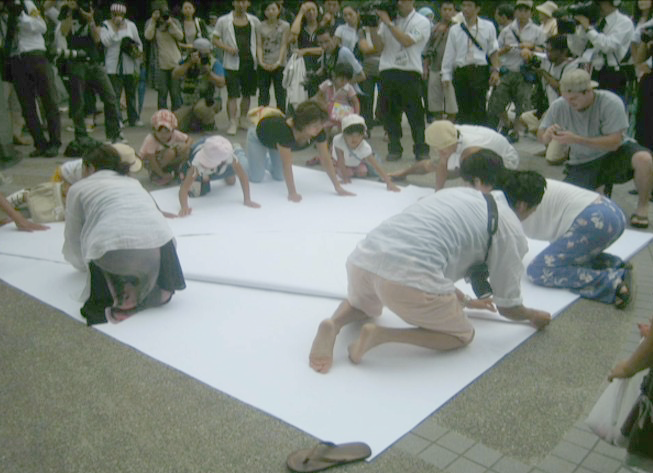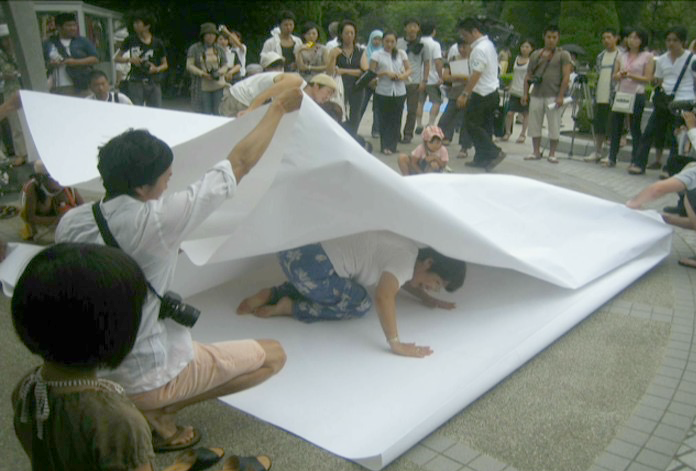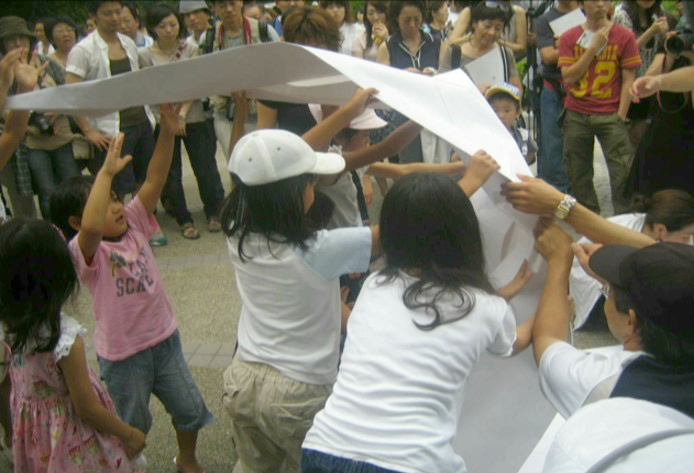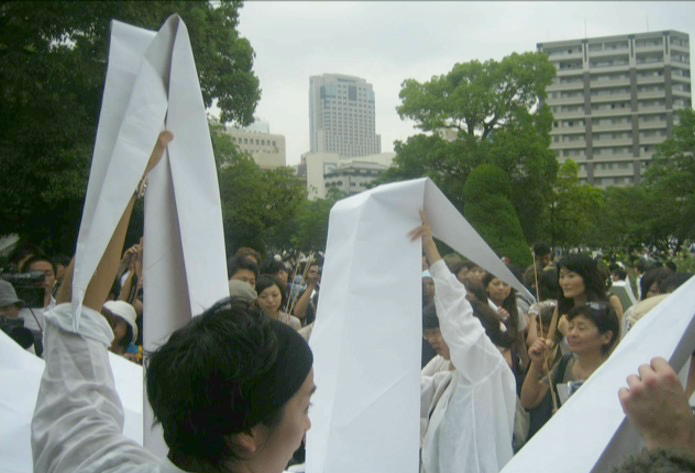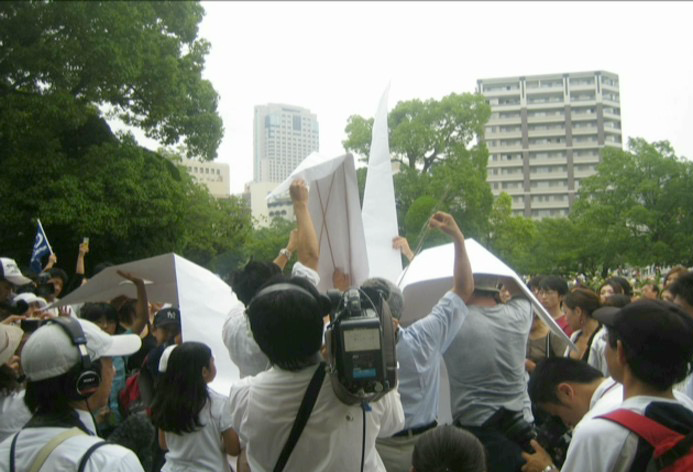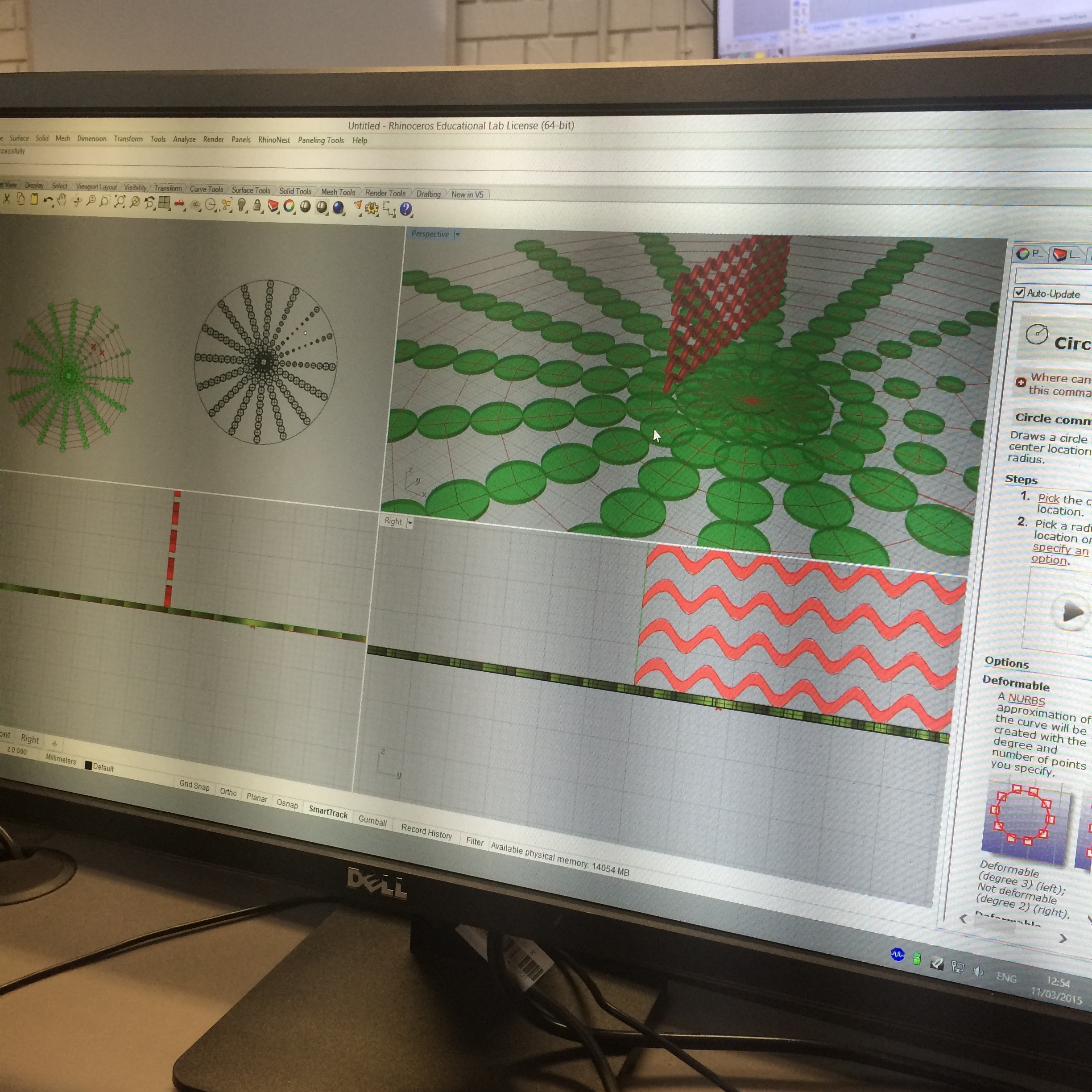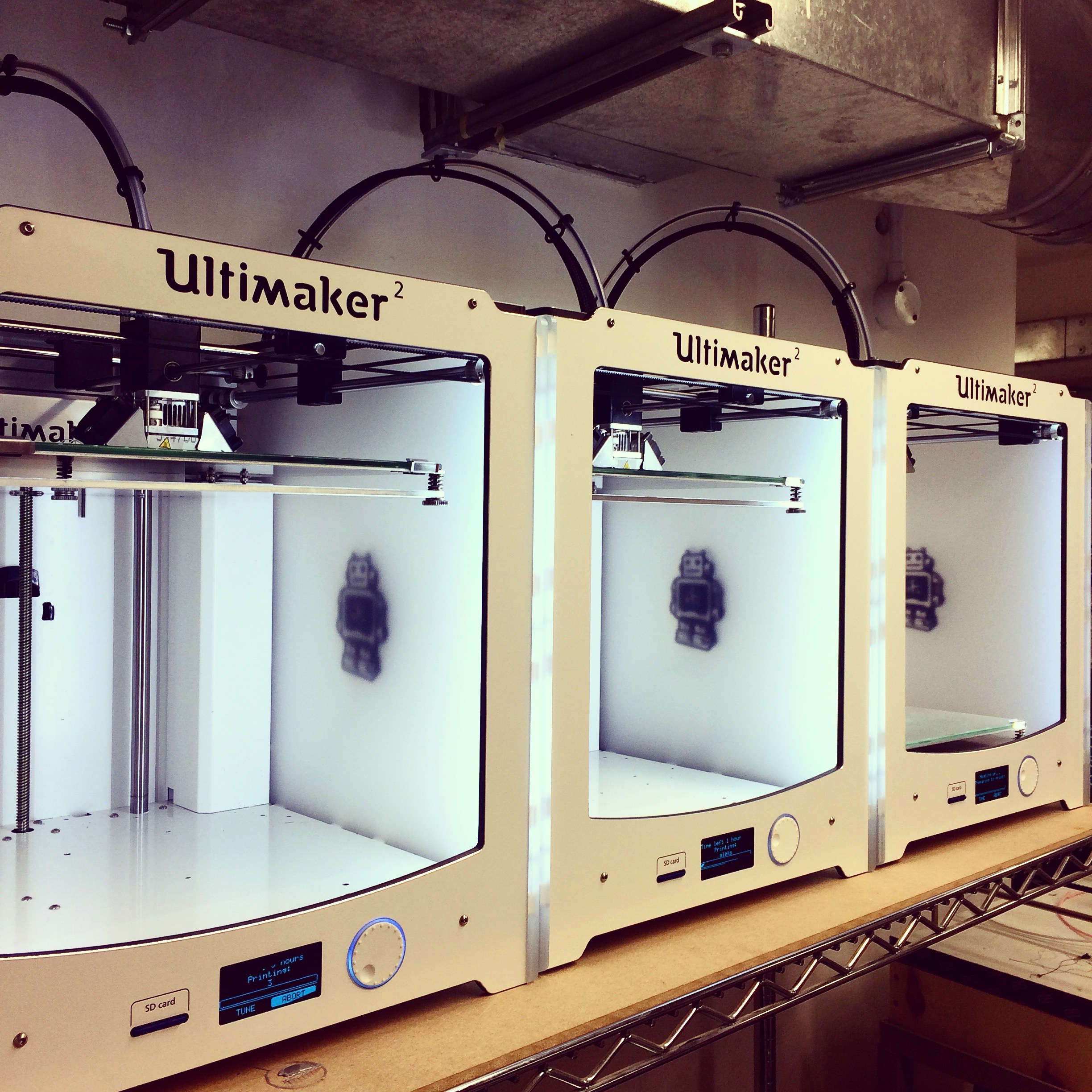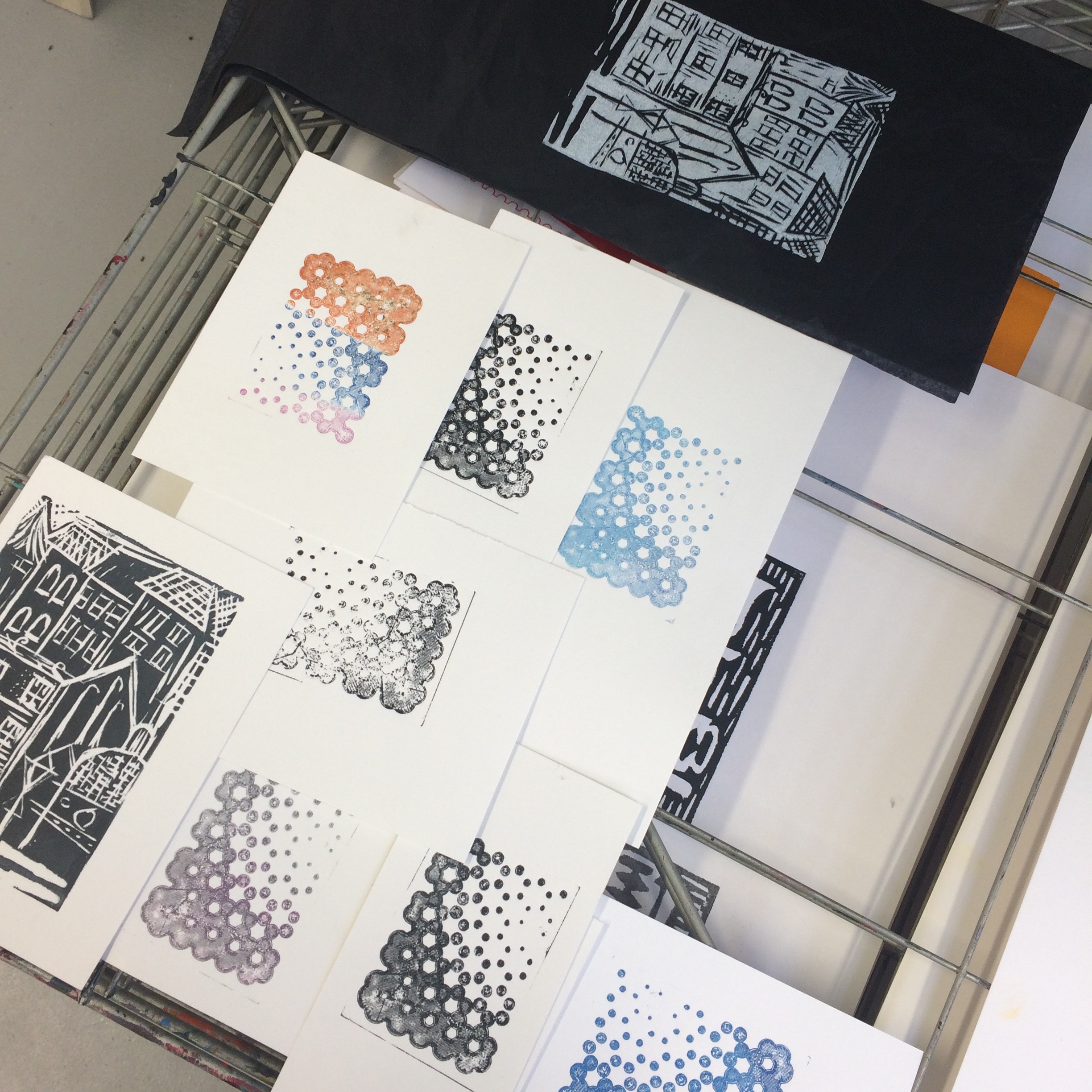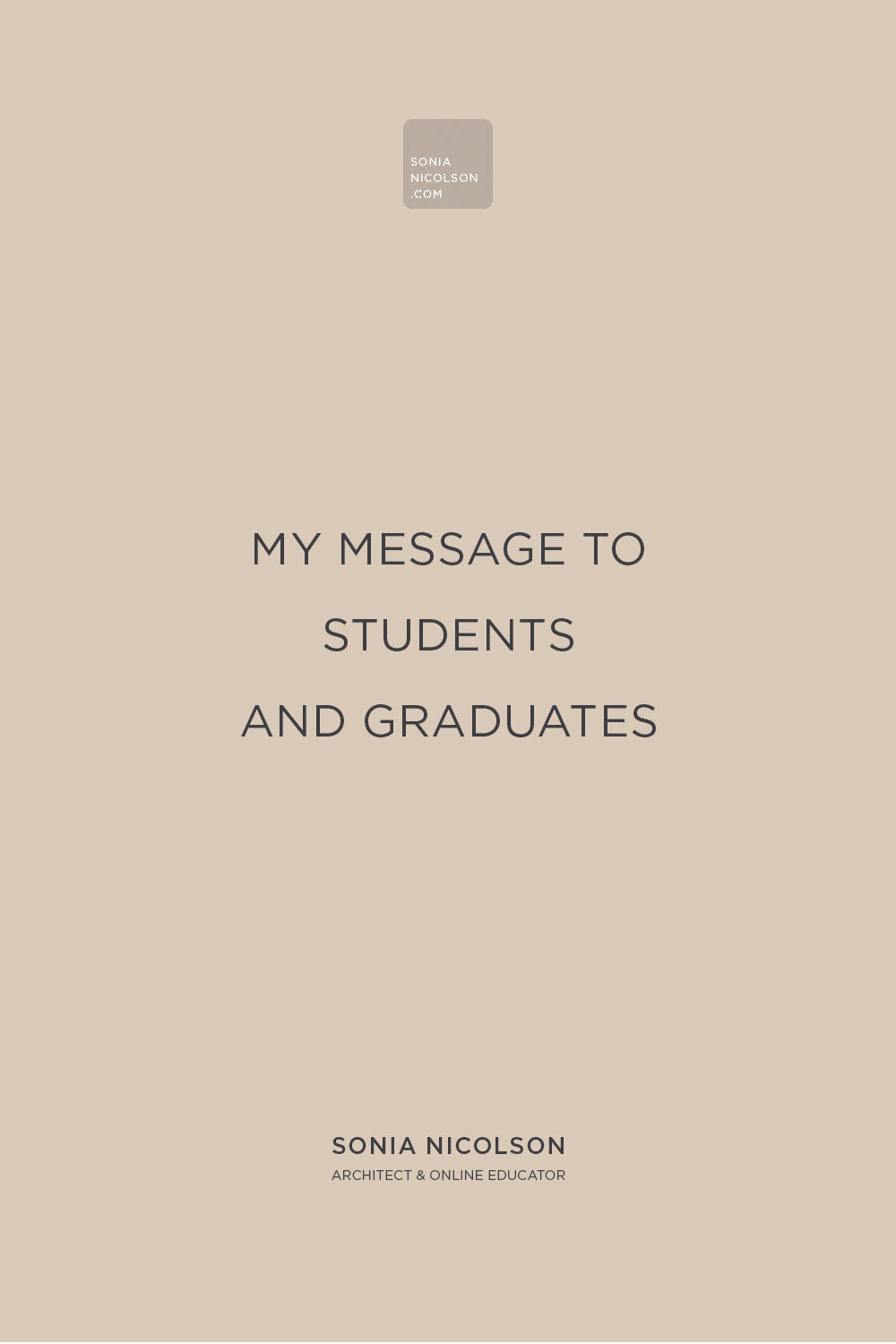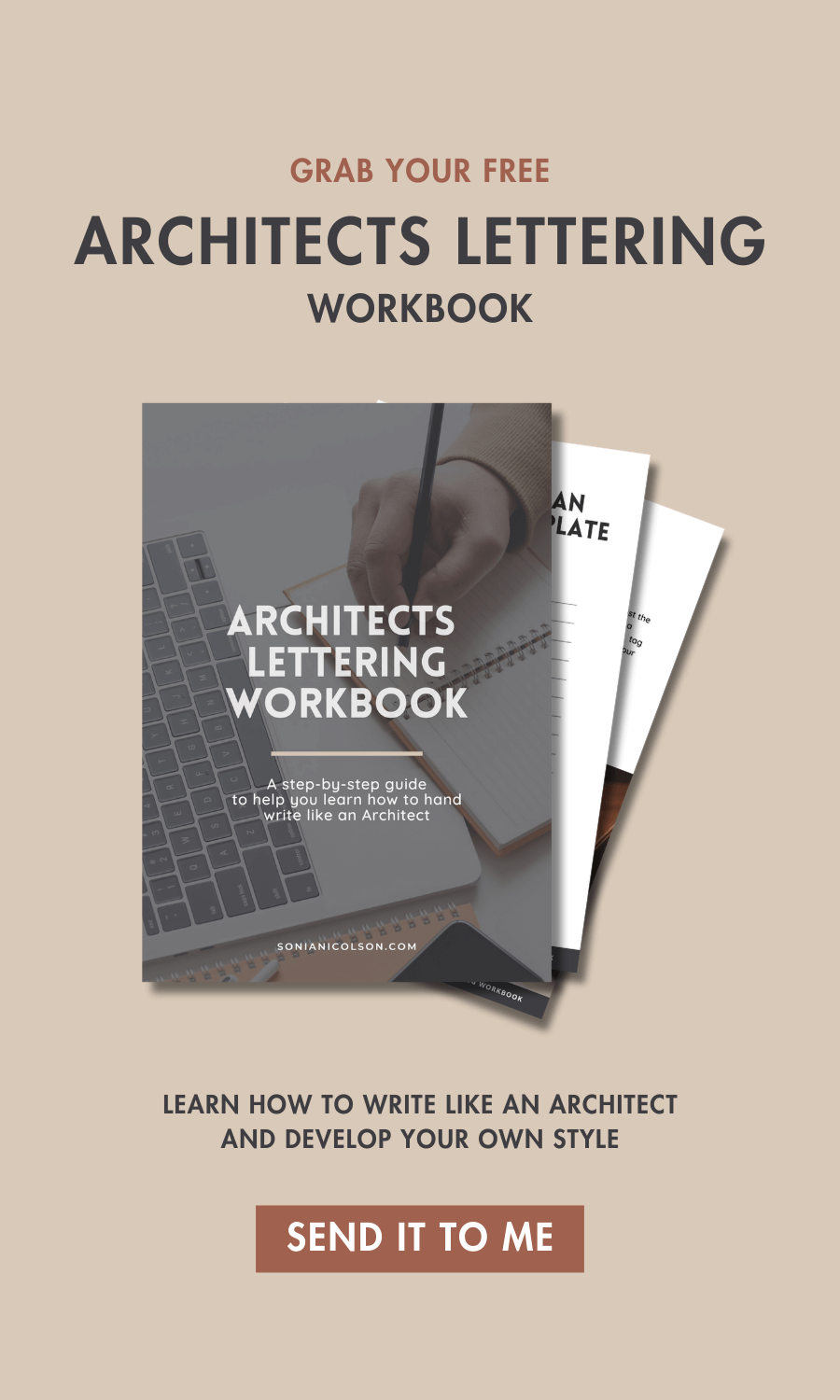Interior Architecture: Recommended Magazines and Journals
/Working as an academic, I wrote courses, project briefs, helped lead tutorial groups, and supported final year students in their dissertation and final major projects. In order to do this, I had to be up to date on the current trends, technologies, building projects, and research. I spent a lot of time online and in the library reading up and watching documentaries, skimming journals, and following competitions.
As a student, this is also important and is a good habit to get into. Over the next few posts, I will be giving you a list of my go-to books, magazines, and journals for you to find, buy and subscribe to. Today we start gently with my best picks for Interior Architecture Magazines and Journals.
Magazines & Journals
Stay current with design news and get into the right frame of mind at the beginning of a project. There are loads of journals out there, plus it's always interesting to pick up an international one when you're traveling too. I recommend starting with Frame, Wallpaper, ELLE Décor (and looking into possibly taking up a subscription).
Online Journals & Websites
Aside from this, you can always have a look online at dezeen.com, inhabitat.com, and bdonline.com and there are loads of blogs to follow too.







